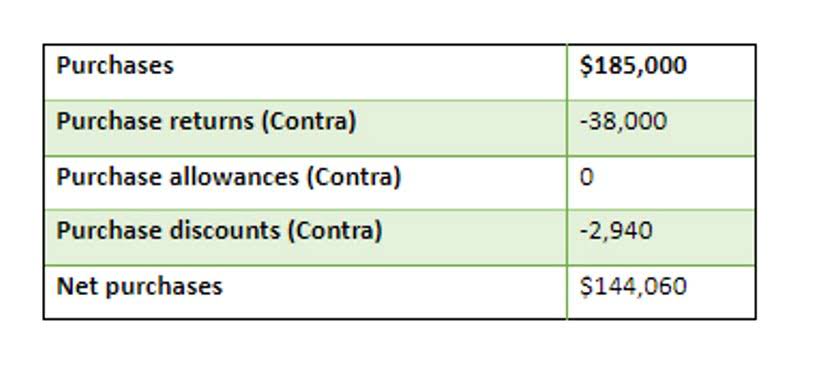IRS offers several payment options, including help for taxpayers struggling to pay Internal Revenue Service

The IRS requires taxpayers to keep documentary evidence to support deductions or credits on their tax returns. This evidence generally includes receipts, bills, canceled checks, payroll records, and other documentary evidence. Your employer’s plan reimburses you for travel expenses while away from home on business and also for meals when you work late at the office, even though you aren’t away from home.
- IRS receipts requirements aren’t as stringent as you might imagine.
- An LITC must provide services for free or for no more than a nominal fee (except for reimbursement of actual costs incurred).
- This applies even if you use the car 100% for business as an employee.
- The federal rate can be figured using any one of the following methods.
- Go to IRS.gov/SocialMedia to see the various social media tools the IRS uses to share the latest information on tax changes, scam alerts, initiatives, products, and services.
- If you don’t use the standard mileage rate, you may be able to deduct your actual car expenses.
If you perform services as a volunteer worker for a qualified charity, you may be able to deduct some of your costs as a charitable contribution. 526, Charitable Contributions, for information on the expenses you can deduct. Overtime pay protections are included in the Fair Labor Standards Act (FLSA) to ensure that most workers who put in more than 40 hours a week get paid 1.5 times their regular pay for the extra hours they work. Almost all hourly workers are automatically eligible for overtime pay. But workers who are paid on a salary basis are only automatically eligible for overtime pay if they earn below a certain salary.
How to File Receipts for a Small Business
Businesses must keep records and receipts at least 3 years from the date they initially filed their return or 2 years from the date they paid the tax (whichever is later). If claiming a bad debt deduction or loss from worthless securities, receipts should be retained for 7 years. The IRS uses receipts to accurately calculate taxes, reducing chances of fraud and ensuring fairness. Knowing receipt requirements also promotes financial transparency and protects taxpayers from legal issues.
Taxes will eventually be due on your inherited IRA balance, putting off your RMDs may increase the … So that you know, the RBD date is generally April 1 of the year after the year the IRA owner turns 73. The IRS said this group of beneficiaries also must take annual RMDs for years one through nine what is the irs requirement for receipts of the 10-year rule term. We connect with people in all stages of life, from young children to older adults. We work with families and children, farmers and businessowners, community leaders and elected officials to build better lives, better businesses and better communities to make Ohio great.
What Is a Receipt?
If you use actual car expenses to figure your deduction for a car you own and use in your business, you can claim a depreciation deduction. This means you can deduct a certain amount each year as a recovery of your cost or other basis in your car. For purposes of the section 179 deduction, the cost of the car doesn’t include any amount figured by reference to any other property held by you at any time. The limit is reduced if your business use of the vehicle is less than 100%. The 50% limit will apply after determining the amount that would otherwise qualify for a deduction. You first have to determine the amount of meal expenses that would be deductible under the other rules discussed in this publication.

In the earlier example under More than 50% business use requirement, you had a car with a cost (for purposes of the section 179 deduction) of $14,700. If you use a vehicle provided by your employer for business purposes, you can deduct your actual unreimbursed car expenses. You must make the choice to use the standard mileage rate by the due date (including extensions) of your return. However, in later years, you can switch from the standard mileage rate to the actual expenses method. You have no regular office, and you don’t have an office in your home. In this case, the location of your first business contact inside the metropolitan area is considered your office.

